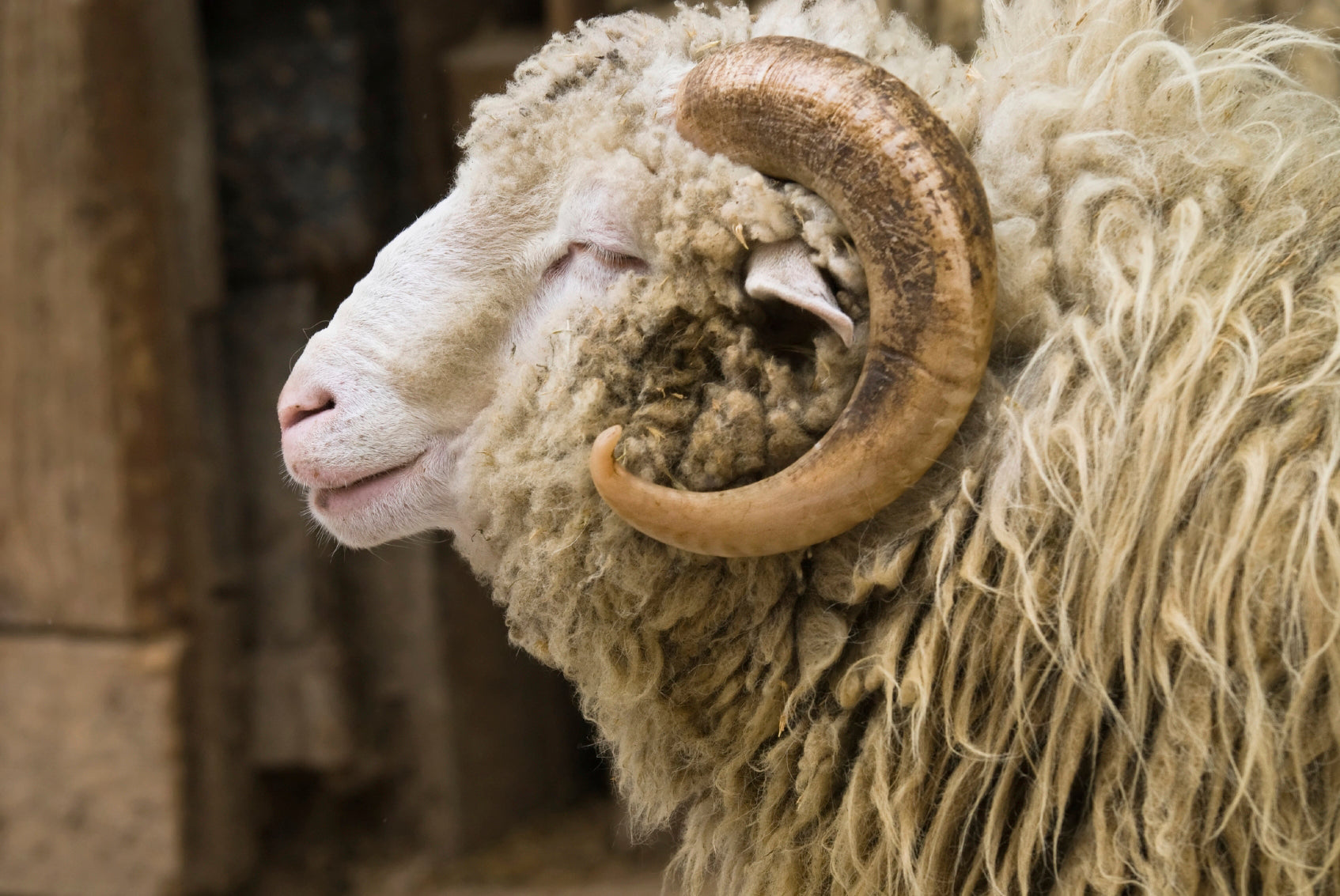In a world of climate change, degraded soil biodiversity, and crumbling eco systems, it’s simply not enough anymore to be “less bad” - especially in the fashion industry - known for its lopsided relationship with the planet and significant contribution to damaging ecosystems.
Don’t get us wrong - sustainability is essential - but to move the needle and make a difference for climate change - we must start aiming for regeneration. As in regenerative agriculture.
A healthy ecosystem starts with healthy soil, which can be achieved with regenerative agriculture. This farming practice helps reverse climate change by rebuilding organic soil matter, rebuilding ecosystems, and restoring degraded soil biodiversity.
By supporting the natural functions of the environment, regenerative agriculture is a holistic farming approach that focuses on developing the biology and fertility of soils as the basis of the entire farm ecosystem.
This is completely different from standard, conventional farming practices which plants a single crop on hundreds of acres of land and cultivates it with pesticides and deep tilling. Not only is the use of toxic chemicals hazardous to our health, but it strips carbon and nutrients from the soil, making it unable to absorb excess carbon from the environment.
Conventional farming is responsible for ¼ of global greenhouse gas emissions, and this is unacceptable.
Regenerative Farming and Sheep
So how does wool and sheep play into all of this?
Sheep (and other grazing animals) are key to good soil health. When soil is healthy, it can help remove excess carbon from the atmosphere and also store it in the ground. Experts agree that protecting soil is key to mitigating climate change.
Including animals in farming systems and implementing rotational grazing techniques reduces the need for fertilizers and allows new grass to grow, which then allows more carbon to be stored in its roots and supports biodiversity in and above the soil.
That means when merino wool is sourced from a regenerative farm, it contributes to the efforts to improve the environment. In addition to being a biodegradable, regenerative fiber in the first place, intentional sourcing from a regenerative farm contributes to helping reverse climate change, benefiting local communities, biodiversity, ecology, and long-term health of the land.
How You Can Help
We love the idea of focusing on doing more good than trying to do less bad. The truth is, there isn’t one thing that will fix the environment - but when enough people focus on intentional actions towards the right things, we will be able to make a difference for the environment.
Much of that responsibility falls on the shoulders of the corporate world. But as consumers, you hold so much power in how you spend your money.
That means, when it’s time for you to buy clothes, invest in natural, renewable and biodegradable fibers such as merino wool that is responsibly sourced. Just doing this sends a loud message to companies that this is the type of product you want to buy, and it also enables farmers to earn a decent income which allows them to reinvest back into their farm.
It is with our dollars that we speak volumes about the world we want to live in - and our clothing choices are a good place to start.
To dig deeper into Regenerative Agriculture and Why Wool Matters check out this video from The Campaign for Wool.





